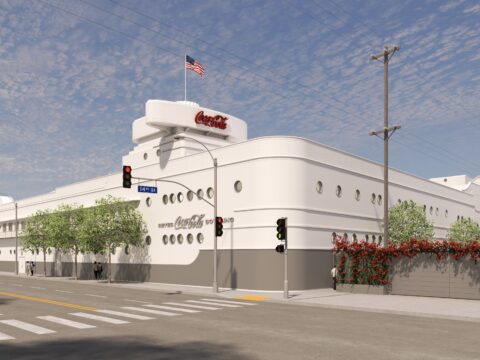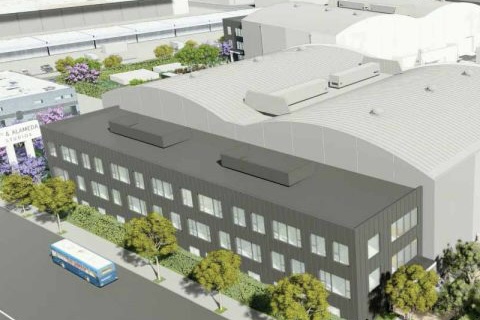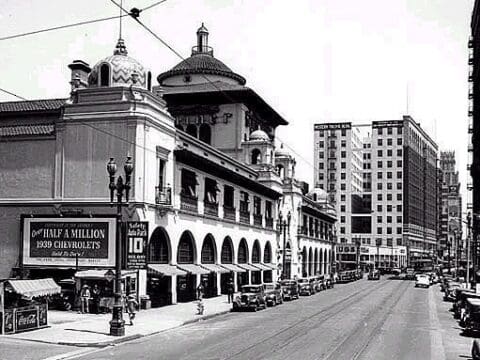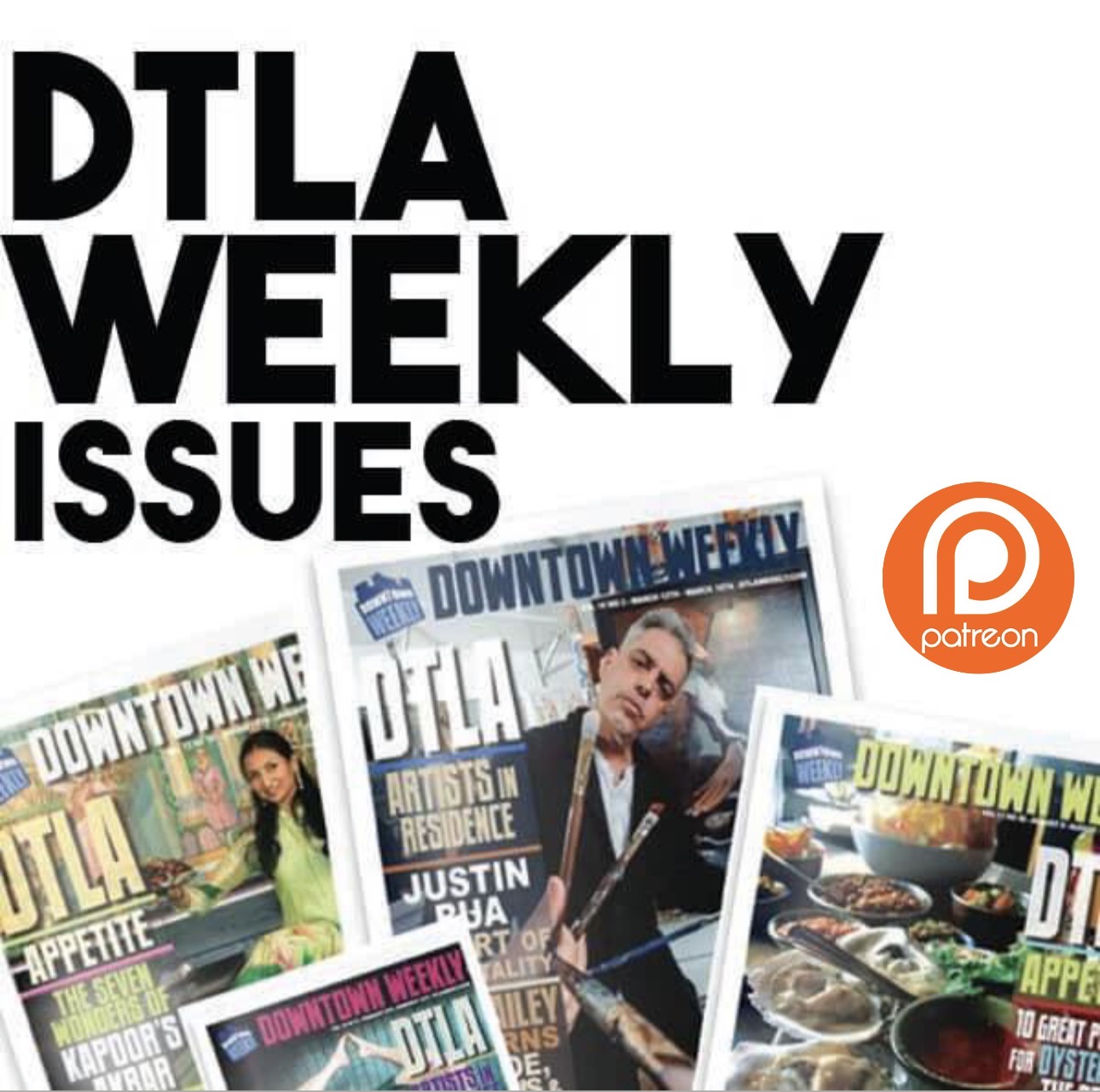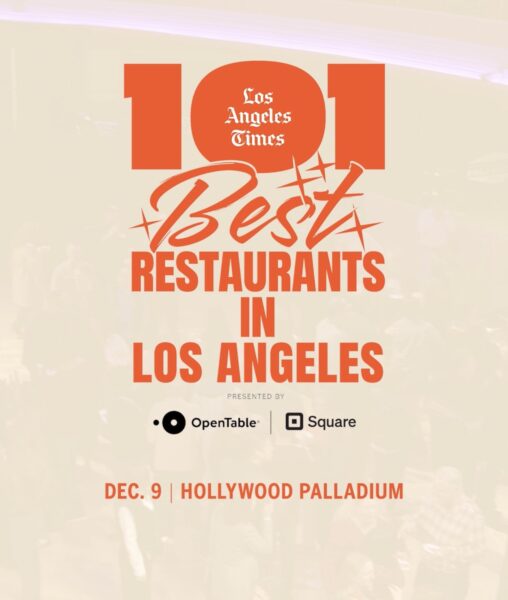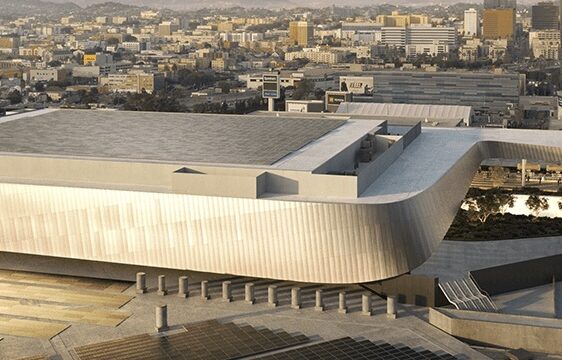
On September 19, the Los Angeles City Council voted 11-2 to approve a $2.6-billion expansion and modernization of the Los Angeles Convention Center (LACC).
The decision is hailed by supporters as a transformative step for revitalizing Downtown, boosting the region’s economy, and positioning Los Angeles as a competitive destination hub. Yet, despite warnings from city analysts about the potential strain on public funds and opposition from a few council members, supporters, including Mayor Bass and Councilmember Adrin Nazarian, advocated the expansion will yield significant economic benefits. The project is projected to create 13,000 construction jobs and 2,150 permanent jobs, while generating $652 million in General Fund tax revenue and $150 million in annual visitor spending over 30 years. Work on the project is expected to be completed by 2029, with a pause of construction 2028 to allow the Convention Center to serve as an event in the Olympic games.
Work on the project designated to Plenary Group, architecture firm Populous, and construction firms Webcor and PCL is expected to be completed by 2029, with a pause of construction 2028 to allow the Convention Center to serve as an event in the Olympic games.
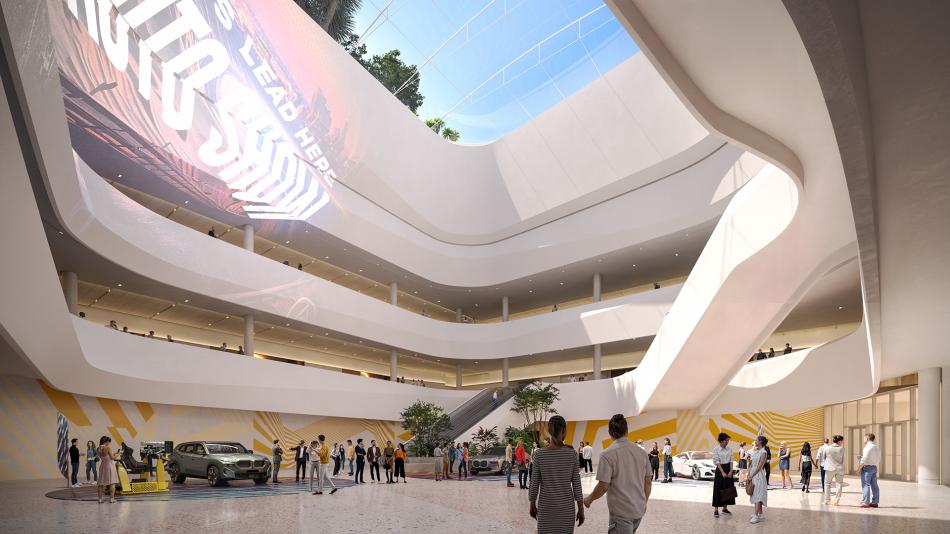
Photos Courtesy Populus
“This project is more than just a building,” Mayor Bass said. “It is about revitalizing the heart of our city and bringing good-paying jobs and tourism straight to Downtown.” Business groups, such as the Central City Association, and local unions, including the Los Angeles/Orange Counties Building and Construction Trades Council, have championed the project, emphasizing its potential to attract large-scale conventions and stimulate local businesses, particularly hotels. The project is expected to draw national and international events, accommodating tens of thousands of visitors and positioning Los Angeles as a premier destination.
Financial Risks and Trade-Offs
Despite the optimism, the project carries significant financial risks. City analysts, including City Administrative Officer Matt Szabo, estimate that the expansion will cost taxpayers an average of $89 million annually for 30 years, with costs peaking at over $100 million per year from 2030 to 2046. These funds will be drawn from the city’s General Fund, which supports essential services such as police, firefighters, and paramedics.
Szabo described the decision as a “judgment call,” noting that while the project promises substantial economic benefits, it will require trade-offs in city services for decades.
The project’s cost has fluctuated in recent weeks, initially rising before being revised downward by nearly $100 million due to lower borrowing costs, additional digital billboard revenue, and a less expensive construction estimate from the Department of Water and Power. However, the financial burden remains a concern, especially given the city’s existing budget challenges. Earlier in 2025, Los Angeles eliminated 1,600 municipal jobs and slowed hiring at the Los Angeles Police Department to address a budget crisis, highlighting the strain on public resources.
A Vision for Economic Revitalization
The LACC expansion is seen as a cornerstone of Mayor Karen Bass’s plan to rejuvenate Downtown Los Angeles, which has struggled to recover from reduced foot traffic and office vacancies since the COVID-19 pandemic.
The expansion addresses a long-standing competitive disadvantage for Los Angeles, as other cities have upgraded their convention facilities to offer more contiguous space. The project will add approximately 325,000 square feet to the Convention Center, connecting the South and West Exhibit Halls to create a contiguous hall with over 750,000 square feet of space. It will also include 39,000 square feet of new meeting rooms and 95,000 square feet of multipurpose space. A new wing built over Pico Boulevard will link the halls, a complex engineering feat that adds to the project’s cost and ambition.
“An expanded and modernized Convention Center will transform the landscape of Downtown Los Angeles for generations,” said Kimberly Weedmark, General Manager of the LACC.
Tight Timeline and Opposition
The tight timeline for the 2028 Olympics adds further pressure. Construction must begin in October 2025 to meet the deadline, and any delays could result in financial penalties from the Olympic organizing committee. Councilmember Bob Blumenfield, who expressed concerns about the timeline, warned that failure to complete the first phase on time could be “embarrassing” and financially costly for the city.
Opposition to the expansion has been vocal, with critics arguing that the project is too expensive and risks exacerbating the city’s fiscal challenges. City Controller Kenneth Mejia also opposed the project, stating on Instagram that it would not generate positive income for the city budget until the late 2050s. He argued that the city’s persistent budgetary problems and lack of long-term fiscal solutions make the expansion unwise at this time. Earlier in the week, Yaroslavsky, Blumenfield, and Councilmember Eunisses Hernandez proposed a less costly alternative focused on repairs to the existing facility, but the council rejected this option. Hernandez ultimately supported the expansion, expressing hope that new revenue sources could offset the costs.
Critics fear that the project’s financial demands could divert resources from addressing pressing issues like homelessness and public safety. Raman warned that Los Angeles risks losing state and federal funding for housing programs, which could undermine the city’s ability to tackle its homelessness crisis. These concerns underscore the delicate balance between investing in economic growth and maintaining essential public services.
A Broader Plan for Downtown
The Convention Center expansion is part of a broader effort to revitalize Downtown Los Angeles. Mayor Bass has outlined additional measures to support the area, including increased LAPD foot and bike patrols, mental health teams in priority neighborhoods, expedited permits for downtown developments, and enhanced street cleaning. These initiatives aim to make Downtown safer and more attractive to residents, businesses, and visitors while the Convention Center project is underway.
The decision to move forward with the expansion reflects years of planning and debate. The city has considered upgrading the Convention Center for over a decade, with earlier proposals including a high-rise hotel. The current plan, backed by Mayor Bass’s advocacy and state legislation to increase revenue, represents a significant milestone. “This decision is the result of years of work with our City leaders and departments,” said Doane Liu, Chief Tourism Officer and Executive Director of the L.A. City Tourism Department. “When the City of Los Angeles locks arms and shares a vision, we can successfully complete complex projects.”
Looking Ahead
The LACC expansion is a high-stakes gamble for Los Angeles, balancing the promise of economic growth against significant financial risks. Supporters see it as a catalyst for transforming Downtown into a vibrant hub of tourism, business, and civic life, while critics warn of the long-term costs to taxpayers and city services. With construction set to begin in October 2025, the city faces a critical period to execute the project on time and within budget, particularly with the 2028 Olympics looming. The outcome will shape not only the future of the Convention Center but also the broader trajectory of Los Angeles as a global destination.
![]()




